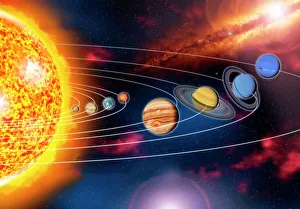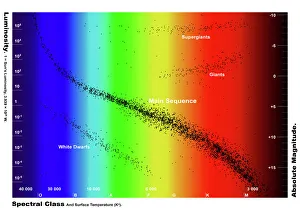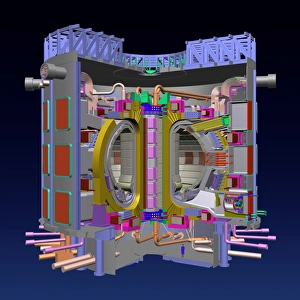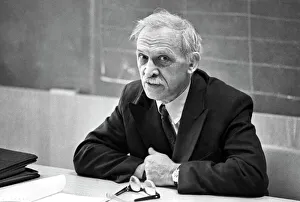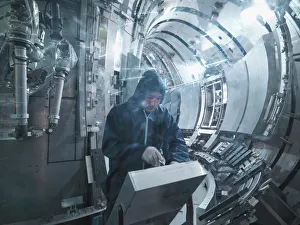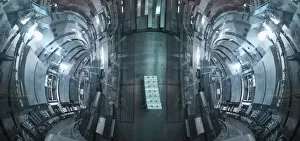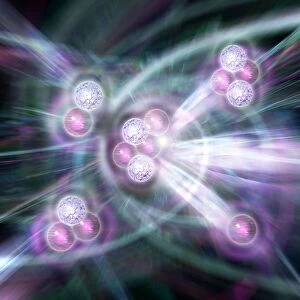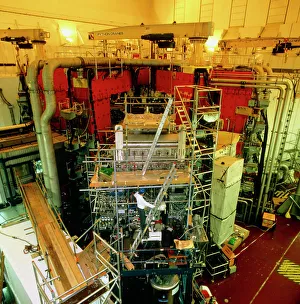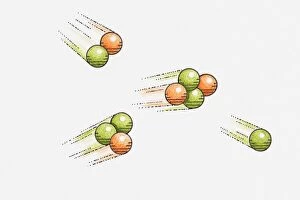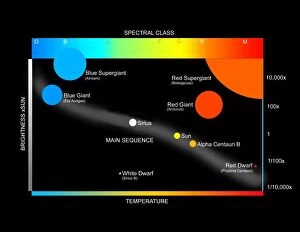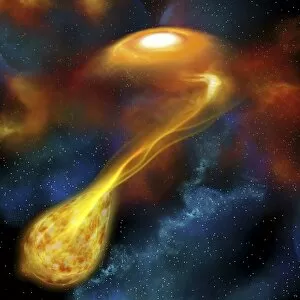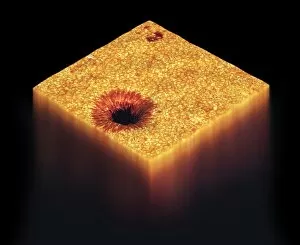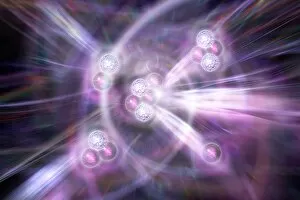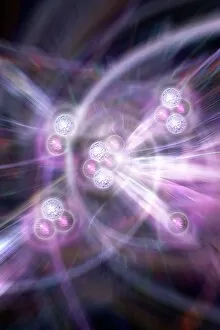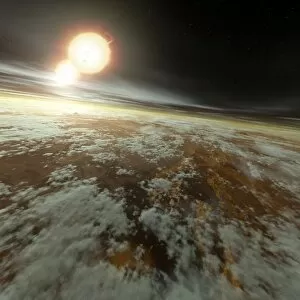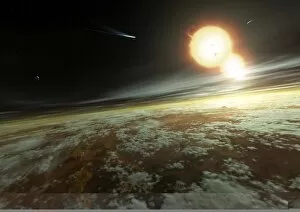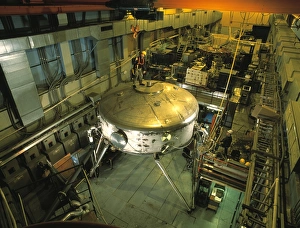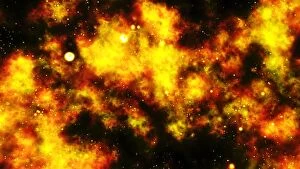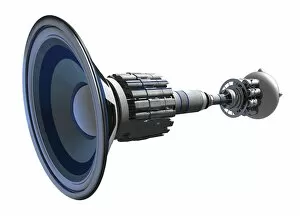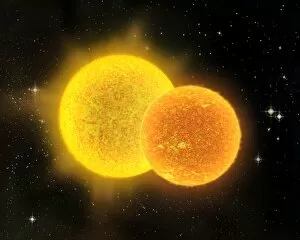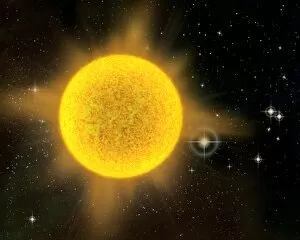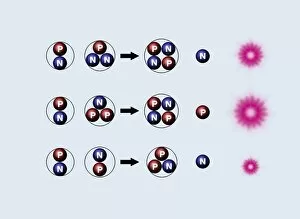Nuclear Fusion Collection
"Nuclear Fusion: Unleashing the Power of the Stars" In the vast expanse of our solar system
All Professionally Made to Order for Quick Shipping
"Nuclear Fusion: Unleashing the Power of the Stars" In the vast expanse of our solar system, nuclear fusion stands as a captivating phenomenon that fuels the brilliance and energy of celestial bodies. As we delve into its intricacies, a diagram showcasing the spectral class and luminosity of stars reveals their unique fusion processes. At the forefront of fusion research lies the tokamak device, an ingenious creation aimed at harnessing this boundless power. Pioneered by Igor Golovin, a Soviet nuclear physicist, it represents humanity's relentless pursuit to unlock nature's secrets. Immersed in their work within a fusion reactor, scientists tirelessly strive to replicate stellar conditions. Captured in frames like "Scientist Working In A Fusion Reactor F003 / 6438" and "Scientists Inside A Fusion Reactor, " these dedicated minds push boundaries for scientific progress. One such groundbreaking experiment is JET (Joint European Torus), located in Culham near Oxford. The T180 / 0059 image showcases researchers engrossed in unraveling new possibilities within nuclear fusion. Beyond Earth's confines, even space exploration benefits from this awe-inspiring force. The Bussard ramjet spacecraft artwork envisions interstellar travel powered by fusion propulsion systems – an exciting prospect on our horizon. Illustrations depicting Hydrogen-2 and Hydrogen-3 nuclei fusing into Helium-4 while expelling a neutron encapsulate the essence itself – atoms merging to create something greater than themselves. Venturing further into cosmic realms, binary star systems captivate with their dance through space. These dual entities orbit harmoniously around each other – gravitational forces binding them together as they undergo continuous cycles of nuclear fusion. Pushing boundaries even further are binary systems found near black holes; here lies an intriguing interplay between immense gravity and explosive energy release. This mesmerizing sight reminds us that even amidst darkness exists unimaginable power waiting to be harnessed.

